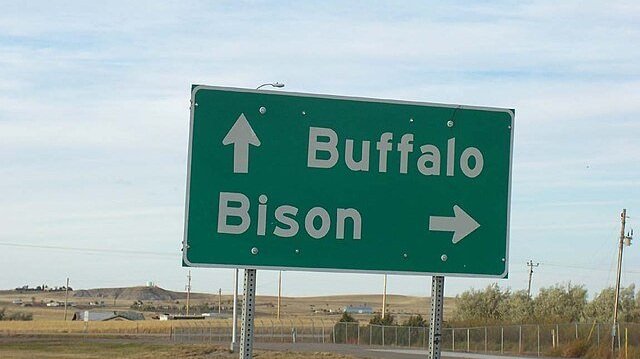BILLINGS, MT – There is no doubt about it, across most of Montana the 2021 growing season left a lot to be desired. Over most of the eastern two-thirds of the state, precipitation was 60% of normal or less. These areas were also affected by unusually hot temperatures. A rare, late August rainfall created a small burst of fall green-up that quickly withered in the face of continued dry conditions and the appetites of voracious grasshoppers before fall frosts could mark the end of the growing season. So, what does that leave us expecting for pasture and range conditions in 2022?
To best manage perennial grass plants in 2022, we must understand what happened during the 2021 growing season. In the spring, the grasses utilize stored energy to begin growth, like drawing down a battery. In a year with adequate precipitation, plants produce enough leaves to photosynthesize and replace their energy stores. In 2021, plants were only able to grow a limited number of leaves and stems which significantly reduced their ability to produce energy. This was especially true if the plant was grazed in May and June. In August, during the brief green up, the plants had to draw on their energy stores yet again to make new growth. If plants were grazed during this time, it stressed them even further.
Recognizing the condition our plants are in right now is instrumental in applying proper management to ensure recovery from last year’s dry conditions and the grazing use that occurred. Currently, the plants in our pastures have a reduced capacity to resume growth when good growing conditions return due to lower energy storage in the crowns and roots. There are little or no green leaves remaining in the base of the plants to jump start photosynthesis this Spring.
So, how do we plan our spring and early-summer grazing to allow grass plants to recover to full potential as soon as possible?
- Identify the areas in pastures with the most grass remaining from last year and start grazing there. These areas will likely be on slopes, far corners, and areas further from water. While salt and mineral placement can encourage animals to use these under-utilized areas, herding or temporary fencing are much more effective tools to get livestock use of these areas. Plants in these locations will be the most vigorous in the pasture, and while grazing in these areas, weaker plants in more favored grazing areas of the pasture will be able to take advantage of early warm, moist days to begin to recover and grow.
- Minimize pasture size to no more than needed for the length of time planned to graze. This will concentrate the grazing in one area while maximizing the acres not being grazed, allowing the plants in those areas to grow and begin to recover.
- Minimize grazing period length, especially during May and June, but managing grazing timing even through October can benefit plant health and production. This can be difficult for land managers to accomplish, but there are two very good reasons to do it. There is more control over total use of individual plants, preferably leaving 3 or 4 green leaves on grasses to speed recovery through photosynthesis. It also allows plants in every pasture more time to recover during critical growth in May and June because of reducing grazing time in each pasture at a critical time. When conditions for growth are good, plants can grow 2 inches of new growth in a week, so to keep animals from grazing regrowth, rotations of 7 days or less are the most beneficial for maintaining grass health and productivity, but even 10-14 day rotations will yield some improvements. And remember, grazing can always resume after the plants have matured and to remove forage to a level that is appropriate.
- Finally, grazing can only be managed this intensively for a short period of time, make it from mid- April to mid-June when grasses are growing and recovering.










